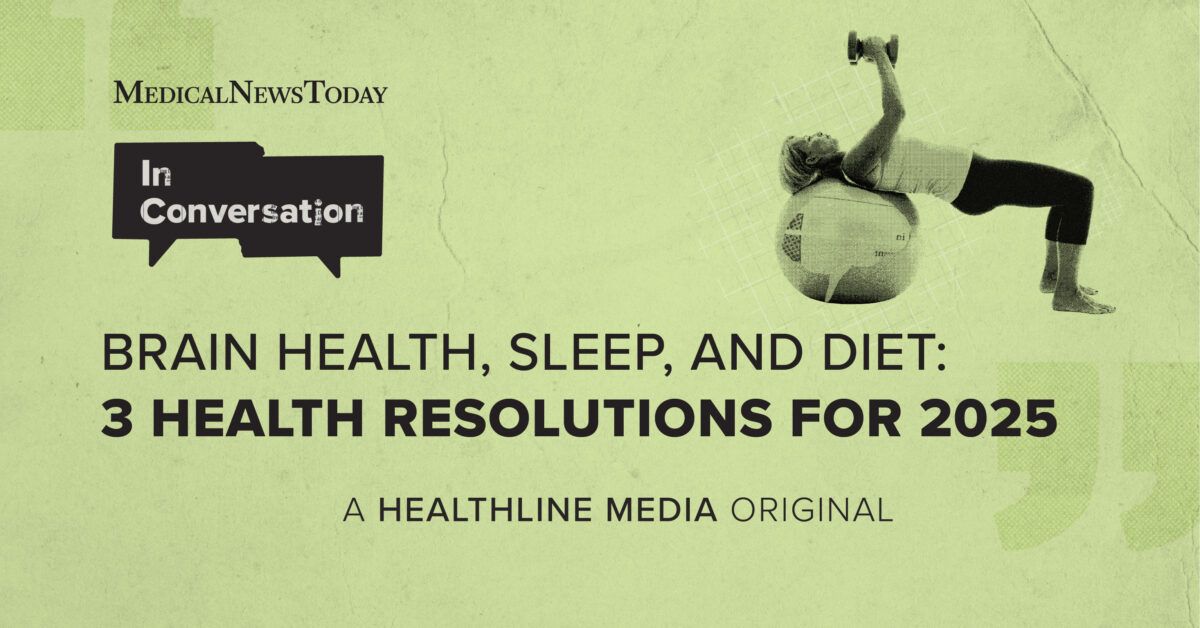The correlation between how much money you have spent on memecoins and how much you can bench press has never been stronger.
That’s because blockchain has evolved into a place where it is now capable of helping people get healthier and more active. In this article, we’ll explore how blockchain in health and fitness can help you boost your wellness—bringing your crypto gains and gym gains together like never before.
Crypto Wellness Platforms
Do you know what is better than a session of burpees? Well… everything. However, what if I told you that you can actually earn crypto while working out? There are several platforms out there that will let you earn tokens for physical activity, bringing together crypto and fitness in a way we never saw possible.
For instance, Sweat Economy lets users earn $SWEAT by simply walking. The platform can be linked to Apple Health and Google Fit, allowing it to track your daily movements. Then there’s Lympo, which offers $LYM tokens for completing fitness tasks and engaging with the app’s health content.
MetaGym goes a step further by offering VR workouts and rewards in $MGCN. It’s built for people using fitness wearables like Fitbit or Apple Watch, and integrates health coaching. Also, OliveX is building an entire fitness metaverse, where your workouts power in-game avatars and earn token rewards.
It’s certainly interesting how these platforms managed to gamify real-world activities, turning daily habits like walking, stretching, or even meditating into crypto-earning opportunities.
More Blockchain Fitness Apps
HealthBlocks uses the IOTA blockchain to let users securely store and share health data. It connects with wearables like Oura Rings and Garmin, rewarding users in $HEALTH tokens for completing goals and surveys.
Dotmoovs is an AI-powered app where you film your workout challenges—like soccer or dance—and it scores your moves. The better your form, the more $MOOV tokens you earn.
What’s even cooler is that these platforms run on decentralized networks, meaning that user data is far more secure than traditional fitness apps. Instead of handing over sensitive health metrics to centralized companies that might sell or misuse them, users keep control of their own data, often stored on-chain or encrypted across decentralized storage systems.
Move-to-Earn Crypto Apps 2025
“Move-to-Earn” is the DeFi trend that lets users earn digital assets simply by moving, exercising, or completing pre-determined tasks.
- StepN pioneered the model. Buy an NFT sneaker, move IRL, and earn $GST and $GMT tokens. It runs on the Solana blockchain.
- Sweat Economy (again) dominates the free-to-use space, removing the NFT barrier to entry.
- Walken combines walking with GameFi, allowing players to train NFT characters using real-world steps and earn $WLKN tokens.
- Genopets turns your movement into energy used to upgrade your digital pet NFT, which can then be battled or traded.
Health Rewards with Crypto
Getting healthy is hard. Getting crypto makes it easier.
Apps like Sweat Economy, Lympo, and MetaGym reward everything from step counts to sleep tracking. HealthHero integrates with Slack and Teams to offer corporate wellness programs where users earn points and crypto for logging healthy behaviors.
These tokens can be traded, donated, or used for discounts on wellness services. It’s fitness with a financial edge.
How Crypto is Transforming Healthcare
The healthcare sector is not only one of the most important industries globally—but also one of the largest and most outdated when it comes to data management. After all, this industry endured the physical-to-digital revolution and is now entering the Web3 transformation.
Traditional healthcare systems are plagued by stale data, inconsistent record-keeping, and security concerns. What’s even more shocking is that patients have no real control over their medical information, which is scattered across healthcare businesses, hospitals, and even government files—usually in formats that don’t talk to each other.
Blockchain technology drastically improves on that. Decentralized networks are capable of storing medical data in an immutable, secure, and fast format that can be accessed by anyone involved from any corner of the world.
For example, platforms like MediBloc, Patientory, and Medicalchain are building blockchain-based systems where patients store their health records and share them securely with providers when needed. Then there’s Solve.Care, which uses blockchain and smart contracts to automate care coordination, appointment scheduling, and even payments.
Fitness Tracking on the Blockchain
At its core, blockchain-based fitness tracking works the same way as regular fitness tracking applications. By this, I mean workout logging, step counting, calorie tracking, and sleep monitoring. The real difference is in how that data interacts with the system: blockchain adds a programmable, tamper-proof layer that turns raw fitness stats into verifiable, actionable outcomes.
Sure, regular apps can track your 5K run and give you a badge for it. But ultimately, these applications rely on a centralized system where a single actor controls the rewards, outcomes, and even how they store your data. Meanwhile, blockchain-based applications use dApps to cut out the middleman, meaning that any and every outcome is predetermined and automatic.
Web3 Wellness Projects
Web3 wellness projects are building entire communities and governance models around health.
- BeFitter is a full ecosystem offering running, cycling, and meditation rewards in $FIU tokens. It’s DAO-governed, meaning users help steer its evolution.
- THE WELLNESS VERSE is building virtual healing spaces, combining wellness influencers, therapists, and trainers with VR and blockchain tools.
- HEAL3 focuses on holistic health (think nutrition, breathing, mindfulness), using NFTs and crypto incentives to drive behavior change.
Decentralized Health Data Systems
Medical data is extremely sensitive and personal, and blockchain technology ensures it keeps it this way. Projects like BurstIQ, MediBloc, and Coral Health offer platforms for managing health records that patients own and control. They use blockchain to ensure:
- Complete privacy and encryption
- Real-time data sharing with authorized doctors or insurers
- Transparent logs of who accessed your data and when
No more calling five clinics to find your own blood test.
Crypto Incentives for Healthy Living
Don’t feel like going to the gym today? Well, what if someone wired you some crypto? Sure makes working out more appealing, right? Through crypto incentives, healthy habits can now be rewarded directly with tokens, digital assets, or even access to exclusive experiences.
Sure, don’t expect to become rich off a few dumbbell sets. However, the gamification of fitness adds a new layer of incentive and reward that is not only good for your health, but also turns your progress into something you can actually own.
NFT Fitness Challenges
Let’s be real, NFTs are a lot cooler now that celebrities have grown tired of them. If this technology was once seen as just a way for Logan Paul to show he has more money than you, it can now actually serve real, practical purposes for everyone.
Want proof you did that 5K? Mint it.
Platforms like Step App and Genopets allow users to mint NFTs of achievements—everything from daily streaks to leaderboard wins. Some NFTs unlock bonuses; others just serve as proof-of-sweat bragging rights. StepHero even turns these challenges into collectible game cards, building crossover value into both fitness and gaming ecosystems.
The fact of the matter is that unique verifiable tokens on the blockchain provide a permanent record of your fitness milestones—tokens that can’t be faked, duplicated, or taken away.
Tokenized Wellness Programs
- Rejuve.AI uses tokenomics to reward users who share health data for longevity research.
- Aimedis offers tokenized access to medical services and second opinions on blockchain.
- GoFit provides subscription-based fitness and wellness services, with smart contracts ensuring transparent delivery and rewards.
Everything from yoga classes to virtual therapy can now be accessed and incentivized through smart contracts and tokenized memberships.
Blockchain-Based Mental Health Solutions
Web3 platforms are expanding into mental health, and they can actually be super helpful to help modernize and popularize care. Web3 technology helps keep track of your mental health activities, like therapy sessions, meditation, or support group attendance.
The decentralized nature of the blockchain even allows people to take part in therapy and support groups anonymously, yet verifiably.
The gamification aspect that we’ve seen before can also be useful here. Users who actively participate in mental health activities—like daily mindfulness exercises or attending virtual support sessions—can earn rewards or badges that recognize their commitment.
Here are a few in that niche:
- MindDAO – A decentralized autonomous organization focused on mental health support and resources.
- Loci – Blockchain-based platform rewarding mindfulness and meditation practices with crypto incentives.
- PsychDAO – Community-driven mental health initiatives and peer support on the blockchain.
- Wellness Token – Tokenized rewards for participation in therapy and wellness programs.
- BrightID – Decentralized identity system enabling anonymous participation in mental health communities.
Crypto Health Ecosystems
Blockchain is connecting all these elements into unified ecosystems.
Platforms like HealthBlocks, Rejuve.AI, Solve.Care, and MetaGym are creating full-stack health systems where users:
- Track workouts and earn crypto
- Store medical data securely
- Book virtual consultations
- Access insurance rewards
- Engage in DAO governance
Wellness and Fitness Metaverse
Despite what Zuckerberg has made it look like, the metaverse can actually be really cool. Instead of just awkward virtual hangouts, it’s becoming a space for immersive social, fitness, and wellness experiences.
Be it virtual reality workouts, group fitness sessions with people from all around the world, the metaverse can transform how we stay active, and even how we interact with these activities. With blockchain, your workout progress and health info can easily travel between apps, gyms, and virtual spaces, making your fitness journey feel connected and way more rewarding.
You May Also Ask
- What are the best crypto wellness apps? Sweat Economy, StepN, MetaGym, and FitBurn are some of the most popular.
- How do I earn crypto by working out? Download a Move-to-Earn app, sync your fitness tracker, complete workouts, and earn tokens.
- What is move-to-earn in fitness? A system where apps reward physical activity with crypto.
- Can blockchain improve health data privacy? Yes, it encrypts and decentralizes medical records for secure access.
- How are NFTs being used in wellness? They’re used for fitness challenges, digital trophies, and workout rewards.
- Are there crypto rewards for healthy habits? Yes! You can earn tokens for exercise, sleep tracking, and mindfulness.
- What’s the best blockchain project for fitness tracking? FitBurn, TrainFit, and Sweat Economy store workout data securely.
- How is Web3 changing the healthcare industry? It decentralizes medical records, streamlines billing, and tokenizes insurance.
- Which crypto projects focus on physical and mental well-being? Heal3, MindBank AI, MetaGym, and Sweat Economy.



